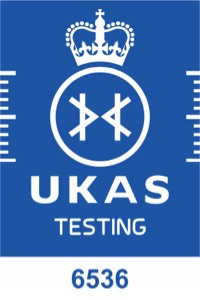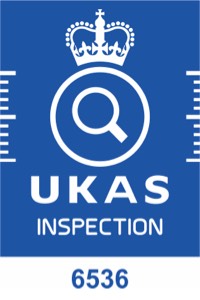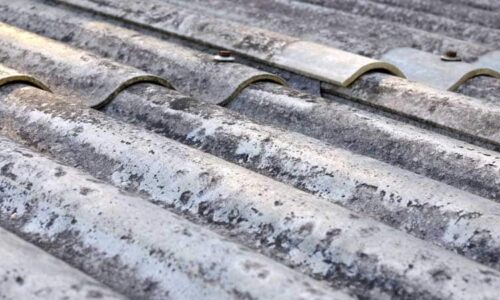Before it was banned in the UK in 2000, asbestos was widely used in the construction industry for insulation, flooring, and roofing. It was also commonly sprayed on ceilings and walls for fire proofing and thermal insulation.
When asbestos is damaged or disturbed, fibres are released into the air. These fibres can enter the lungs when breathing, which can damage the lungs and their lining.
Asbestos-related health conditions can take many years to appear, and this hidden killer continues to claim the lives of many who were exposed to asbestos while working in building and construction between the 1970s and 1990s. Although asbestos is no longer used, it could be found in any building that was constructed or refurbished prior to 2000.
Where is asbestos found in homes?
Around the home, asbestos insulating board (or AIB) was frequently used as a fireproofing material but was also used as ceiling tiles, soffits, and window panels. AIB can also be found behind a fuse box or fireplace, around a boiler, or in an airing cupboard.
In the bathroom, asbestos composites were used in toilet cisterns and seats as well as in bath panels. Asbestos-containing vinyl floor tiles were also popular and can often be found beneath carpets during a renovation project.
Textured coatings, like Artex, that were previously used to add a decorative finish to walls and ceilings also contain asbestos. These would have been white in colour originally but may have been painted over.
Where is asbestos found in commercial properties?
There are lots of locations in the average commercial or industrial building where asbestos could be found. Sprayed coatings, which contain up to 85% asbestos and are some of the most dangerous asbestos-containing materials, were commonly used as insulation on the underside of roofs and sides of buildings.
These coatings were also applied to steel and reinforced concrete beams and columns as fire protection. The spray application also means there is likely to be additional asbestos around the sprayed area due to splash back or overspraying.
AIB was commonly used in partition walls in office buildings and as fireproofing panels in fire doors. It is also found in ceiling tiles, which were commonly installed in commercial properties.
Also used in houses, loose fill asbestos was used to insulate industrial buildings and can be found in loft spaces, between cavity walls, and beneath flooring. This fluffy material is made of pure asbestos and is the most dangerous asbestos-containing product. If disturbed, a large amount of fibres can be released into the air and breathed in.
Where is asbestos found outside the home?
Asbestos cement was one of the most commonly-used asbestos-containing materials outside of the home and is a mixture of chrysotile (white asbestos) and cement. Large sheets of corrugated asbestos cement were often used as roofs on garages and sheds but can be hidden by many years of moss growth. Asbestos wall cladding was a similar product that is often found alongside an asbestos cement roof.
Downpipes and gutters may also be made from asbestos cement, while asbestos cement flues can be found in boiler and ventilation systems. Some pitch fibre drainage pipes were also strengthened with asbestos cement.
What to do when asbestos is found
If you are planning a renovation or refurbishment project and suspect that your home or commercial property might contain asbestos, it’s essential to contact a licensed contractor who can carry out an asbestos survey before any work begins. Asbestos didn’t become a prohibited building material until August 1999, so if your property was constructed before this date, it may contain asbestos.
Clearview Environmental has many years of experience in asbestos management, so for expert advice from a team you can trust, call 0116 288 8256.
Posted in Latest News, Asbestos



